FORT SAM HOUSTON, Texas -- Milestones continue to be reached and student numbers are on the rise since the doors opened at two of five instructional facilities at the expansive multi-service Medical Education & Training Campus at Fort Sam Houston on June 30, 2010.
With the April 21 relocation of the Naval Hospital Corps School from Great Lakes, Ill., METC should be fully operational ahead of the Sept. 15, 2011, deadline established by the 2005 Base Closure and Realignment Commission initiative.
"Our folks are doing great things," said Rear Adm. Bob Kiser, METC commandant. "With full awareness of the storied heritage of our individual services, and building upon the collective legacy of excellence that has always been our communal touchstone, we at METC are creating a future that all of us can be proud of: training the world's finest hospital corpsmen, medics, and techs and supporting our nation's ability to engage globally.
"I am absolutely filled with pride and honored beyond words to be counted as part of this inaugural crew," Kiser added.
Highlights since the opening include the METC's first class in the new facilities, the service-specific Navy Radiology class that began July 7, 2010, and the opening of the METC dining facility Oct. 1. At 80,000 square feet and having the capability to serve 14,400 meals a day - at a rate of 4,800 every 90 minutes - the dining facility is the largest in Department of Defense.
Since June 30, the remaining three of five instructional buildings have opened and are either in use or preparing for classes.
The joint Navy, Army and Air Force milestones and the impact to military medicine were emphasized by senior military medical leaders at the Annual Military Health System Conference in National Harbor, Md., Jan. 24 through 27.
Vice Adm. Adam M. Robinson Jr., the U.S. Navy surgeon general, discussed the importance of METC and the need for proper education and training.
"It's about the ability to train and educate a fully ready force in order to deliver health care anytime, anywhere," Robinson said. "We need to standardize our training and education across the Navy Medicine Enterprise, across the services, and across the MHS.
"This will eliminate gaps and overlaps, increase efficiencies through resource sharing, and integrate learning strategies," the admiral added. "METC will help us achieve this."
Army Pvt. Camille Faulkner, a METC Dental Specialist Course student, is one of 1,350 joint and allied students participating in one of 19 programs. She said she is benefitting from METC's top-notch facilities and exceptional inter-service education and training.
"I enjoy training with the other services," said Faulkner, a Copley, Ohio, native with six months in the Army. "We get a chance to ask questions about the other branches and get real answers. I think our training is getting us ready to be well prepared."
Rear Adm. Eleanor Valentin, commander of Navy Medicine Support Command, said training with other services is an important aspect of the METC mission.
"The mission of METC is to produce the world's best military health care personnel to support the nation and the vision is to be the nation's leader in military medical education and training," said Valentin, who has oversight of Navy Medicine's education and training programs.
"This mission and vision guided us to ensure METC provides curriculum and education that preserve each service's identity while creating an environment where our enlisted professionals can learn from their counterparts in their sister services."
Air Force Tech Sgt. Brianna Hunt is a surgical course instructor who moved from Sheppard Air Force Base in Wichita Falls, Texas, as part of the METC consolidation. She said she appreciates METC's realistic training and equipment and compared and contrasted the METC and Sheppard facilities.
"The facility at Sheppard consisted of two large operating rooms," said the Winters, Calif., native. "We currently have nine operating rooms that are smaller, which is more realistic.
"We believe that the operating rooms that are more to scale force the students to be more aware of their proximity to the sterile fields, therefore decreasing the risk of contamination," Hunt added.
Hunt and her tri-service METC instructor counterparts use interactive smart podiums that are connected to electronic curriculum and training tools. Robust Internet and intranet services include e-mail and blended learning via a web-based learning management system called BlackBoard that uses real-time testing that allows for immediate test results and grades.
Medical enlisted training programs from five Army, Navy and Air Force medical training centers have already moved - or are in the process of moving - to San Antonio for consolidation.
METC's footprint covers more than 2 million square feet on Fort Sam Houston. Two new Navy dormitories and one Air Force dormitory will house 1,200 personnel each.
Two other dormitories are currently being built nearby for Army students, with one housing 1,200 Soldiers and the other taking care of 600 Army students.
The METC campus will train more than 24,500 students annually in 58 instructional programs with an average daily student load of approximately 8,000 when fully operational. By service, student breakdown includes approximately 45 percent Army, 31 percent Navy and 24 percent Air Force.
International students are now attending METC as part of an international program that is scheduled to grow. There is also a distance learning program in the works and plans for educational research projects.
"This place is brand new with a college campus feel to it," said Navy Petty Officer 1st Class Christal Pierce, a Surgical Technology Course instructor and Chicago native.
"I have always felt Navy Medicine has been at the forefront of education and training," Pierce said. "Having deployed in the past, I believe it is very important to train like you work, so the METC collaboration will only enhance our readiness to assist when necessary."
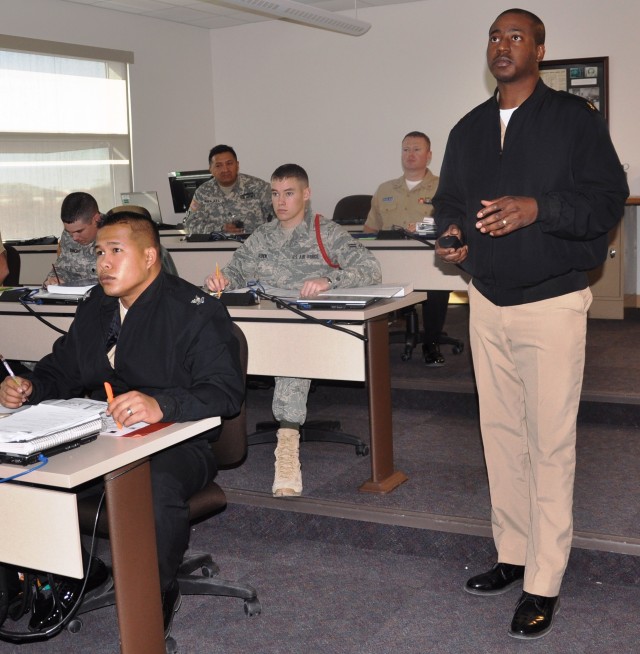
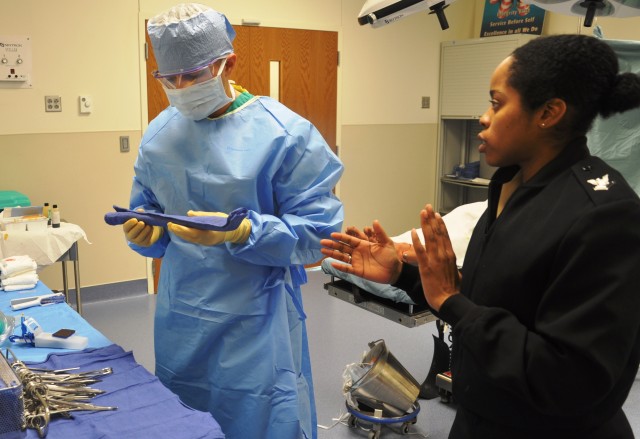
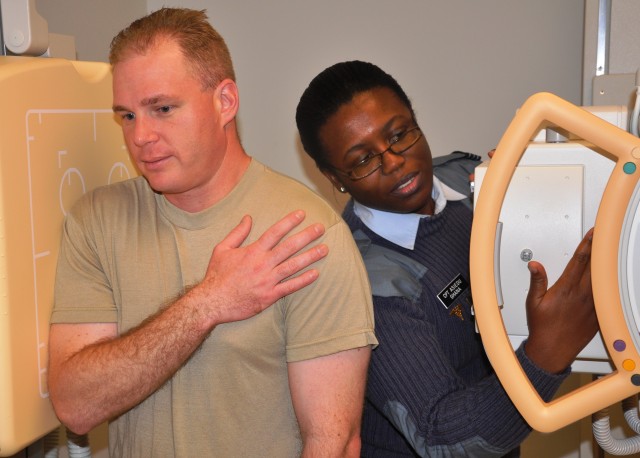
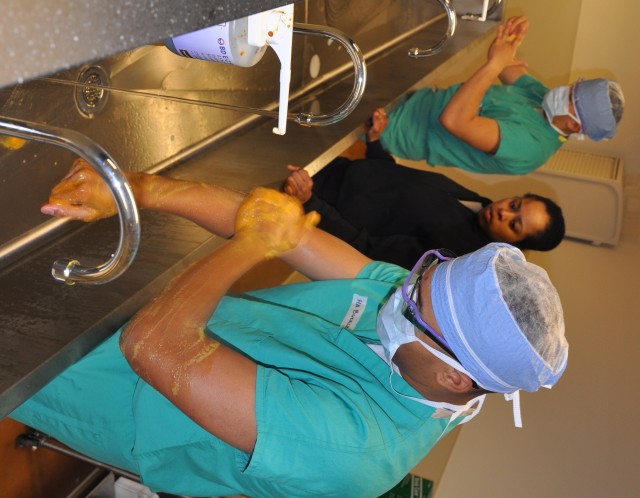
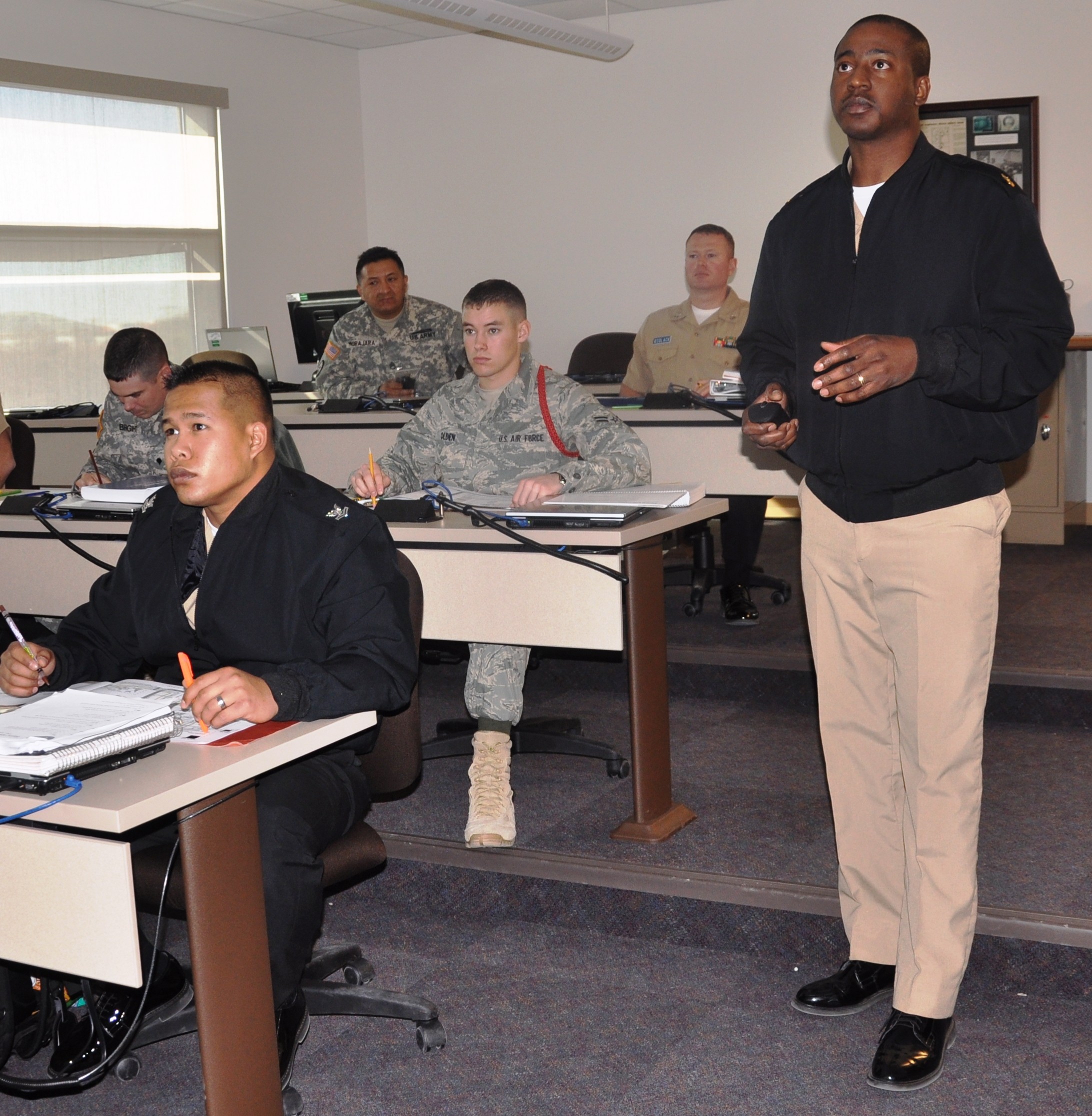
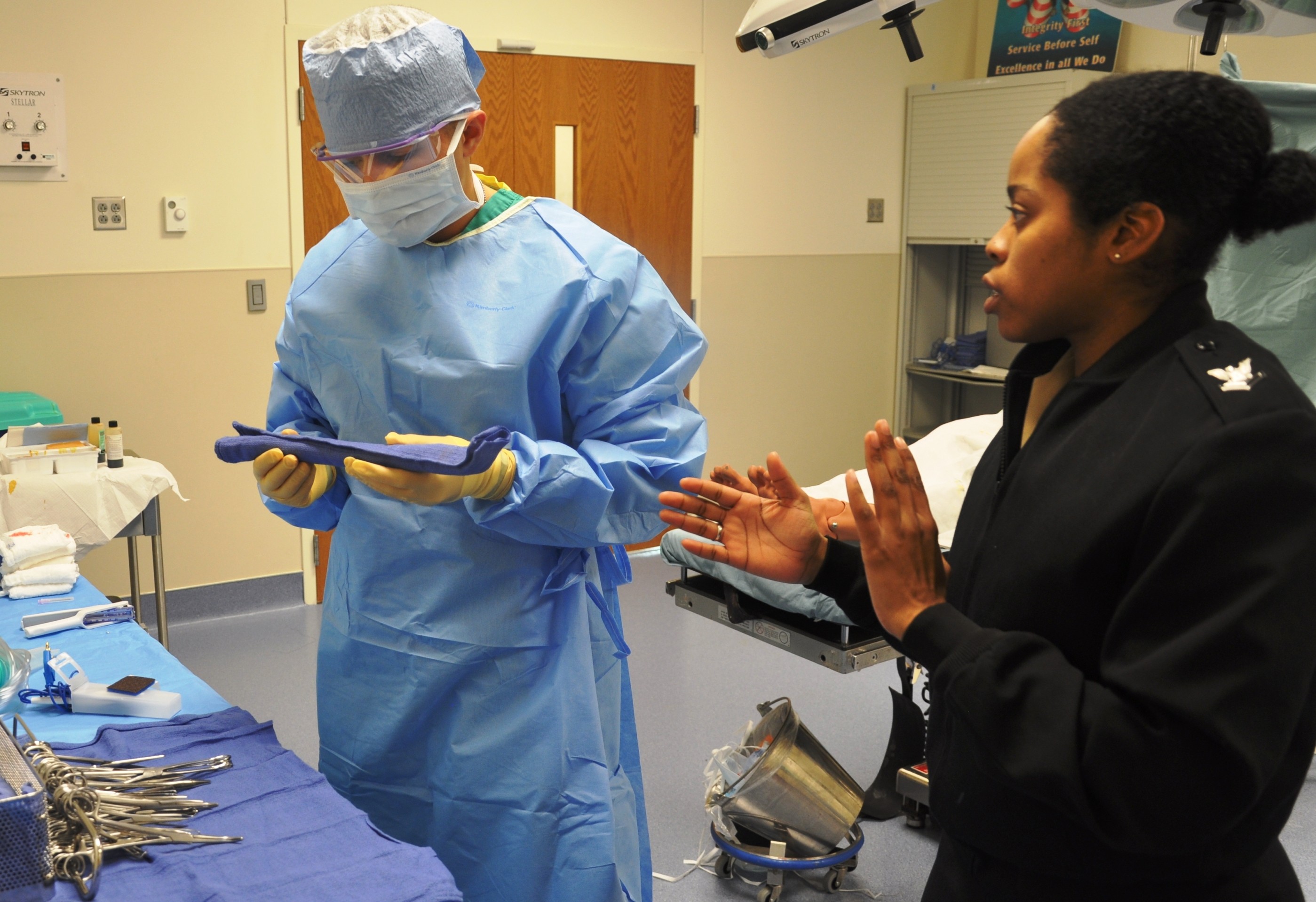

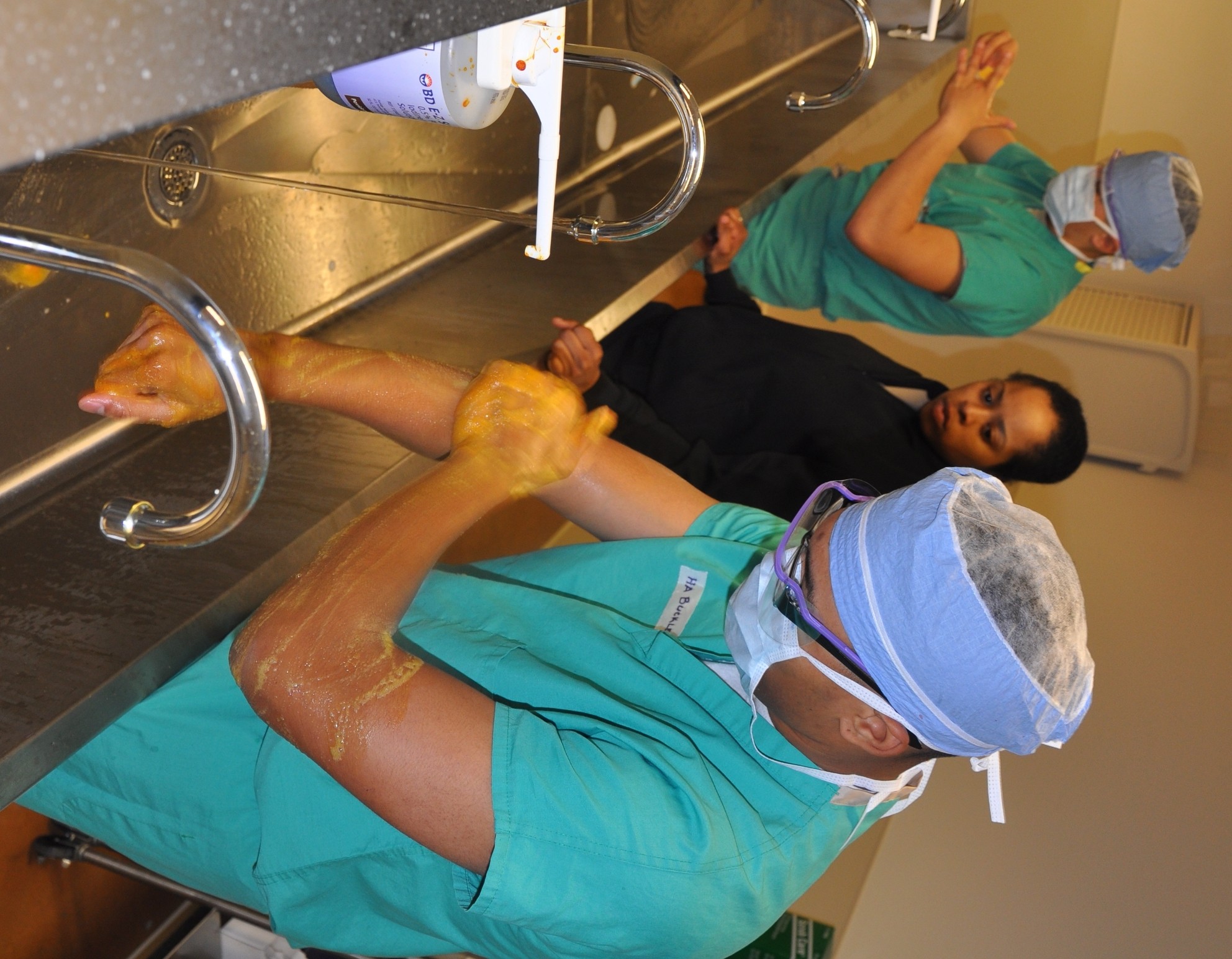
Social Sharing